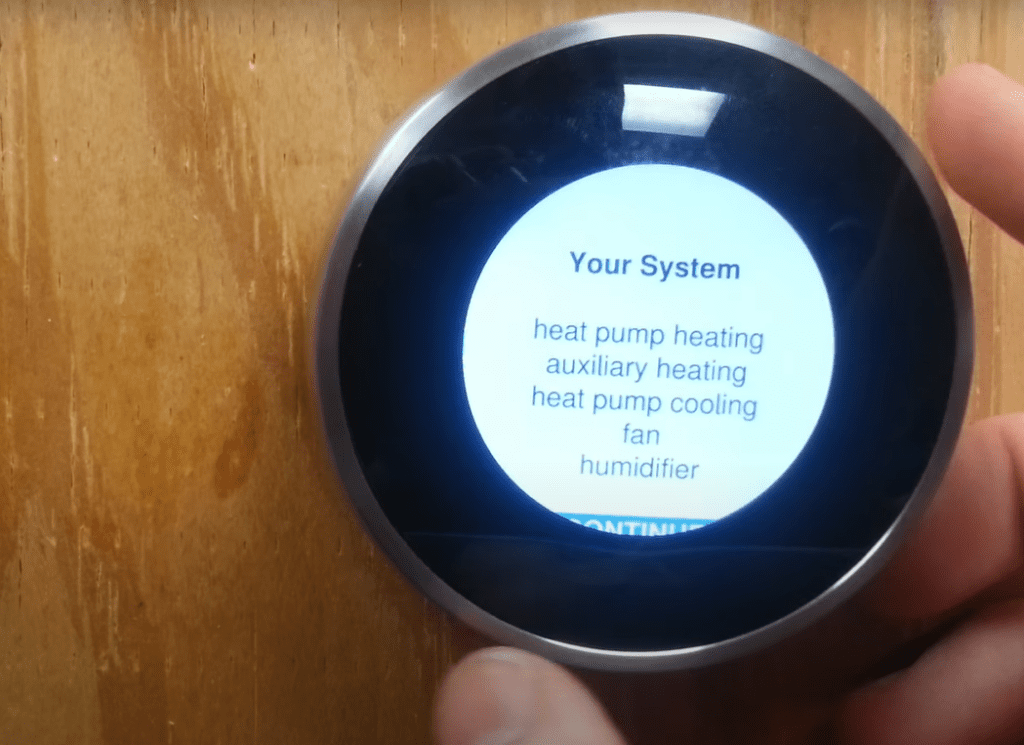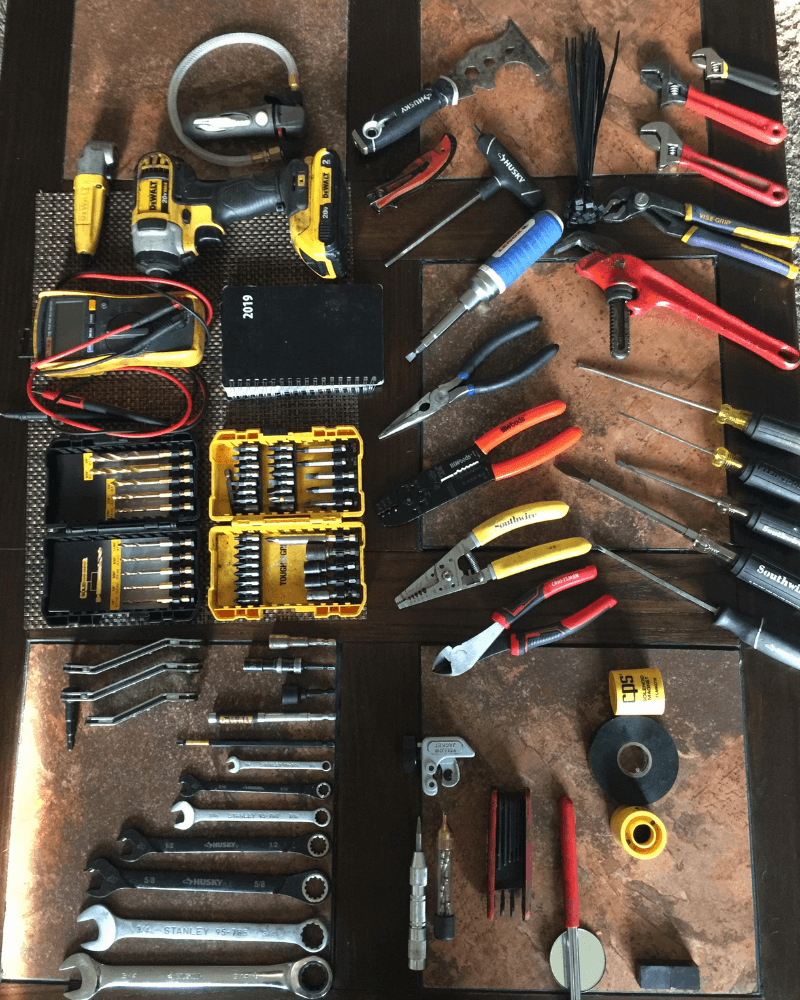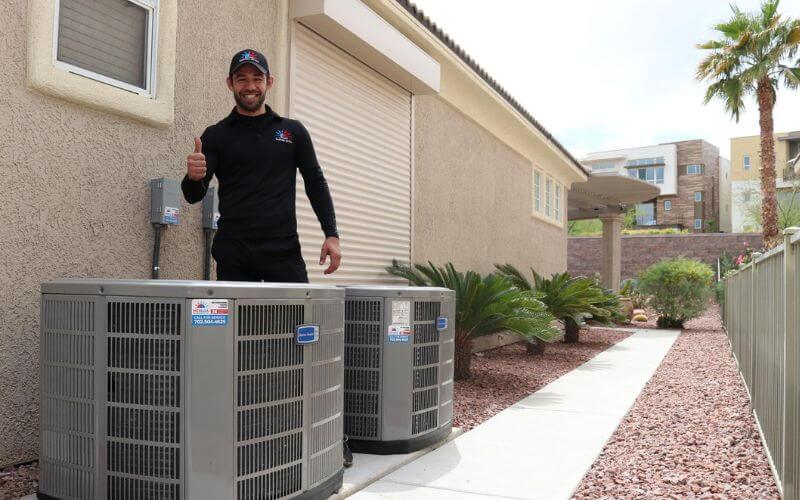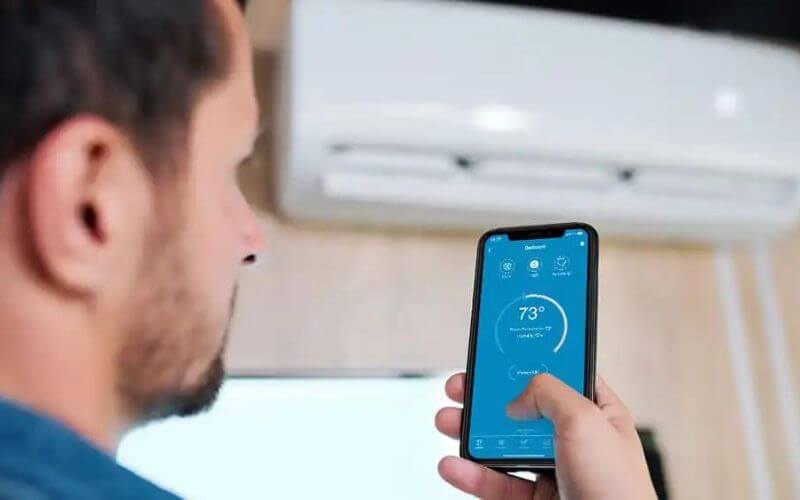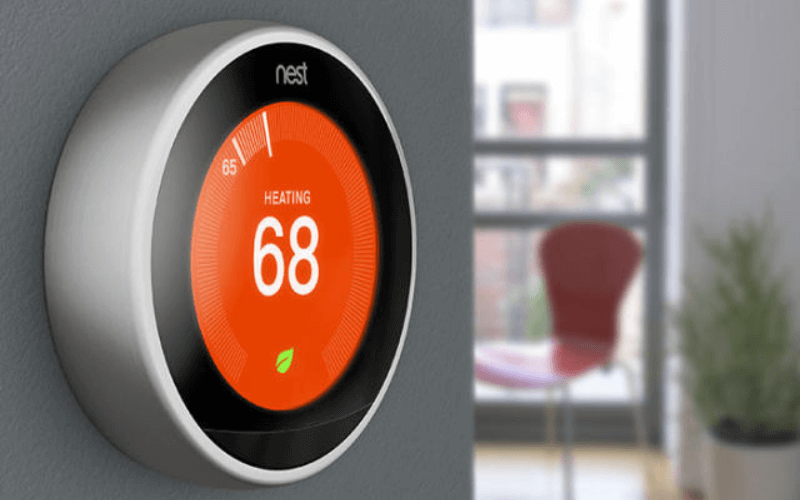You recently replaced your old thermostat with a Nest thermostat and want to know if you can control the humidity in your home. It’s no surprise that we’ve come to investigate this question and provide you with the best possible answer.
The straightforward answer is “yes.” The Nest can indirectly control humidity. Use Nest’s “Cool and Dry” setting for systems with a built-in dehumidifier mode. The Cool and Dry Setting detects nest thermostat high humidity levels. It provides on-demand air conditioning for systems without a built-in dehumidifier mode.
Table of Contents
ToggleAlso check: Is It Necessary to Install a Dehumidifier in the Attic?
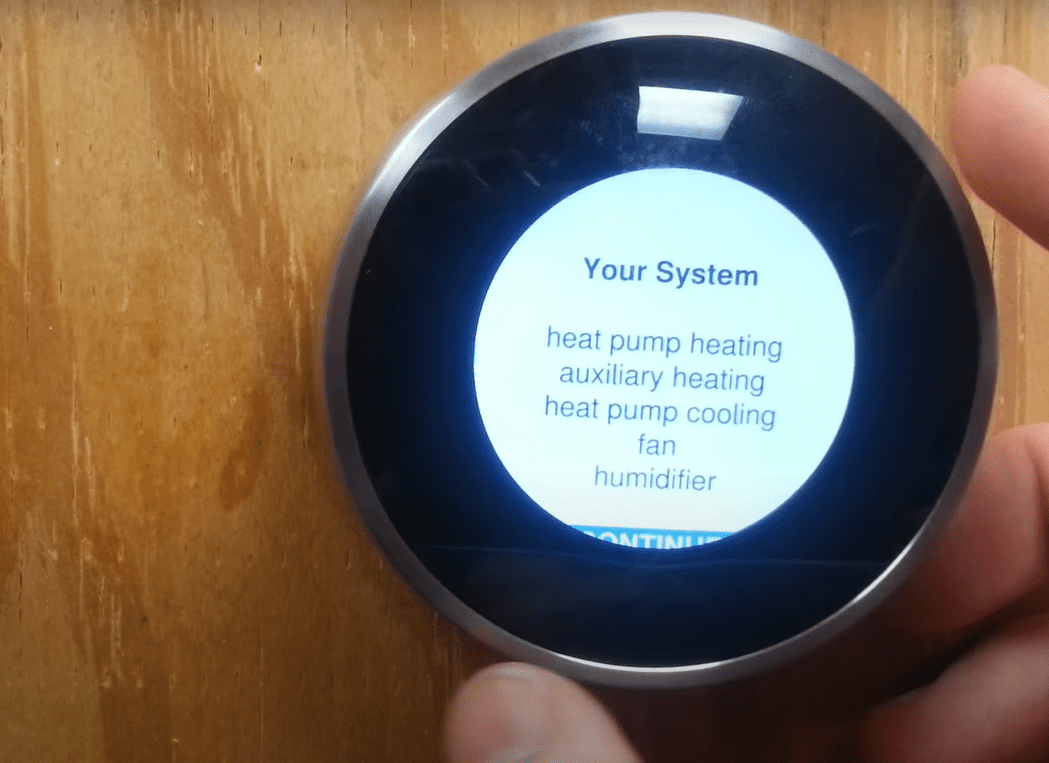
What exactly is a Nest Thermostat?
Tony Fadell created the Nest thermostat, a smart thermostat. It is programmable, self-learning, and Wi-Fi-compatible.
How does a Nest Thermostat regulate humidity?
The Nest thermostat has three ways to control humidity depending on the system. Accept the system as it is. It would be best if you kept the ideal humidity level.
A system that includes a dehumidifier mode.
Most air conditioners have a dehumidifying function that dries and cools the air. Moisture in the air holds heat; the lower the humidity in the air, the less heat in the room.
Most modern air conditioners enhance this built-in feature by including a dehumidification mode, which allows the user to control the amount of moisture in the air.
Cool And Dry
According to Google Support, the Nest thermostat is “cool and dry”. This feature reduces humidity by utilizing the dehumidification mode built into the air conditioner and central HVAC.
Lowering the humidity in your home can help control mold growth. Dehumidification thus contributes to the creation of a healthy environment in your home.
The cool and dry feature is activated automatically when the Nest thermostat is connected to a dehumidification mode air conditioner or central HVAC system.
Systems that do not have a built-in dehumidifier mode
What if your air conditioner or central HVAC system lacks a dehumidification setting? The cool and dry features can control humidity in the home even if the air conditioner or central HVAC system lacks a dehumidification mode.
The Cool and Dry system uses the air conditioner’s natural capabilities to control the humidity in the house to convert hot and humid air into cold, dry air.
The Nest thermostat’s high humidity feature automatically turns on the air conditioner and controls the humidity by turning it on and off.
If Cooling & Drying is enabled, Nest Thermostat may cool the house to a temperature lower than the desired value. It could be 3 degrees below the set temperature or 5 degrees below the eco temperature. However, keep in mind that using the Cool and dry feature on a system in dehumidifier mode may cause it to consume more power than it would otherwise.
The air conditioner or central HVAC system is used more frequently than usual. As a result, only enable the cool and dry feature if you live in a very humid climate.
Fortunately, when the Nest thermostat is connected to an air conditioner without dehumidification mode or a central HVAC system, the cool and dry feature is disabled by default.
Is the Nest Thermostat Worth it?
Nest thermostats are more expensive than most other thermostats, and some homeowners wonder if the price is justified.
The Nest Thermostat is a smart, programmable thermostat that lets you control it even when you’re not at home. Connect to and access your home Wi-Fi system or smartphone using the Nest or Google Home app. If you don’t want to stand up during an exciting soccer game, you can control it with your voice. You can Set It To Change The Temperature on a particular day.
You can also track inside the house and adjust automatically based on what you’ve learned from previous settings. Yes, in the first few weeks, it can learn from user behavior. Based on what it has learned, it creates mechanical parameters that will run when certain conditions are fulfilled.
The more time you spend with the Nest thermostat, the more you can learn from its usage patterns. Then, without programming, create the automation based on your preferences. It becomes a smart thermostat as a result.
It is also compatible with all other Google Nest products, such as smoke detectors, clocks, doorbells, security cameras, and speakers. You should fully charge nest thermostat before using it with other appliances.
Advantages
It can help you save money on your energy bill by only turning on your heating and air conditioning when you need them. But for its best working, you have to keep it in a suitable place.
According to Google, Nest Thermostats save US customers 1012 percent on heating and 15% on cooling. That equates to an annual savings of $ 131 to $ 145. Nest thermostats can save you money in as little as two years.
Nesting thermostats can automatically determine which settings save the most energy. Since its initial release in 2011, this Energy Star-rated device has stored over 82,512,000,000kWh of energy. This protects both your budget and the environment.
In addition, keep an eye on the air conditioning, heating, or central HVAC system for any potential issues. Let us know, for example, that the air conditioner took longer than usual to cool the house.
Also check: Can You Use a Humidifier Without A Filter?
Disadvantages
It is more expensive than a traditional thermostat. The price will double if each house floor has its own/individual heating and cooling system. Another disadvantage is that installing a Nest thermostat is more complex than installing a non-smart thermostat. You may require professional assistance to install it in your home and properly connect it to your air conditioning system (and possibly a humidifier).
Be smart and get your Nest thermostat today!
A Nest thermostat is a smart thermostat that can regulate indoor humidity. It can contribute to a healthier environment in your home.

